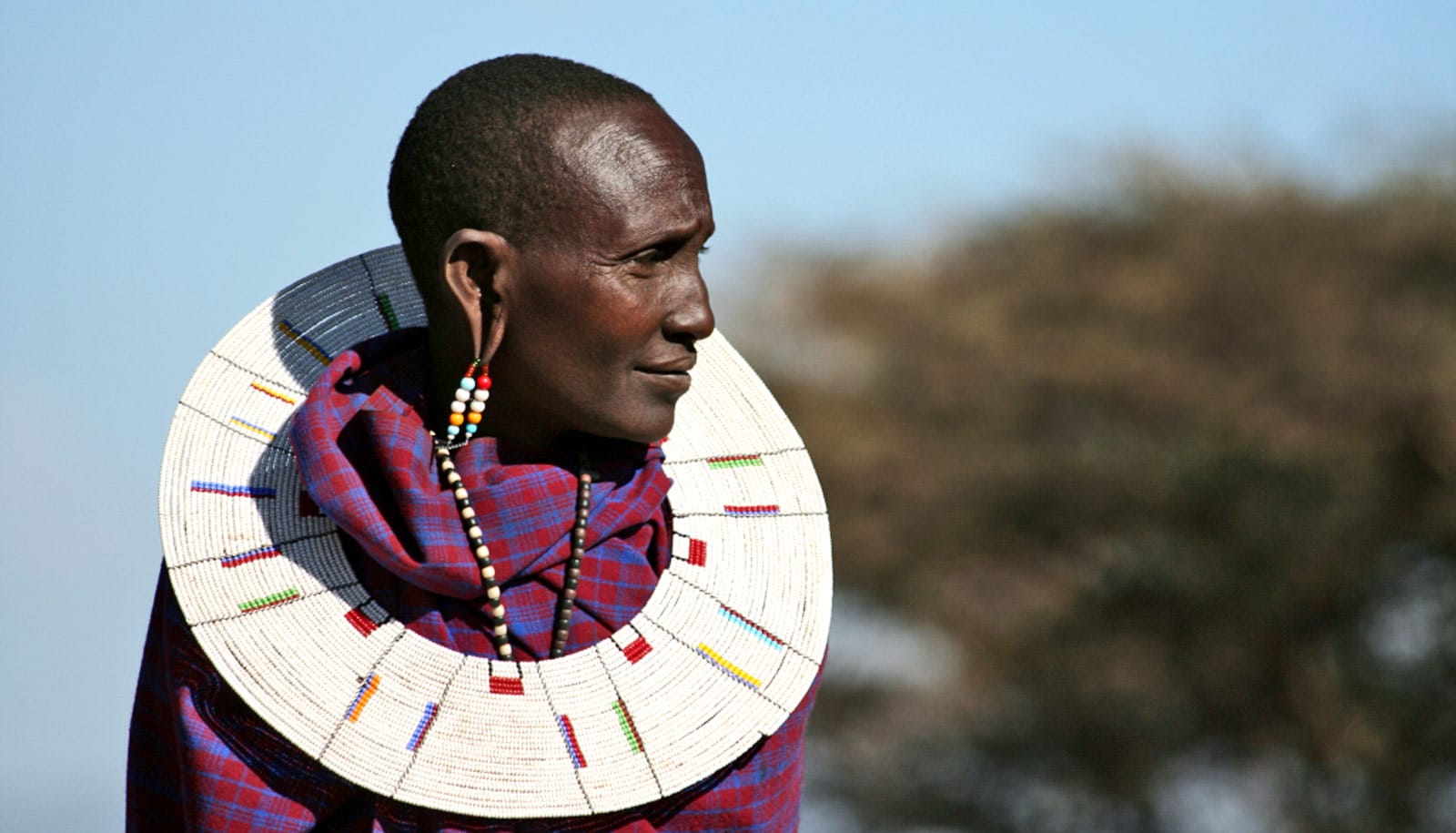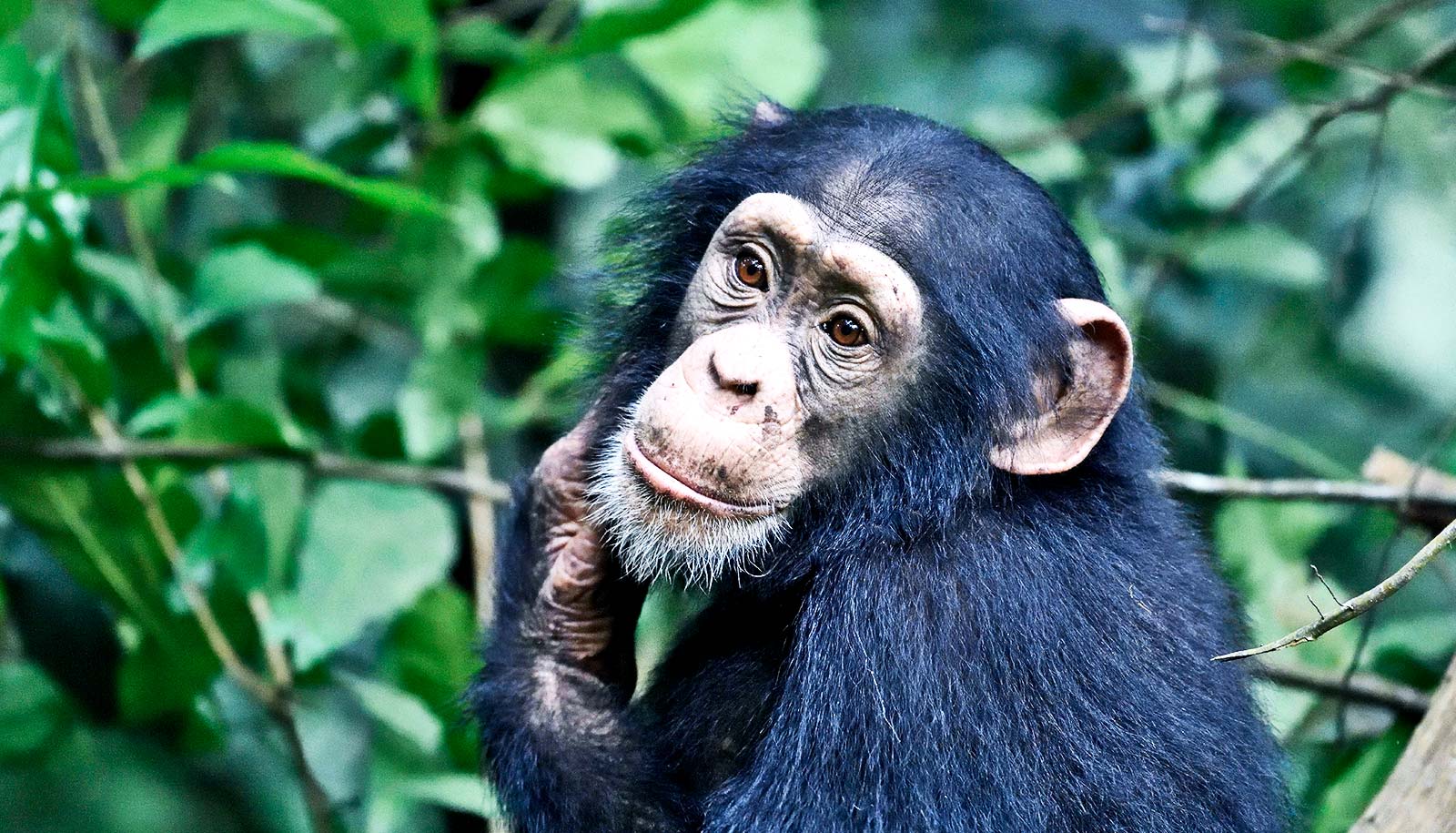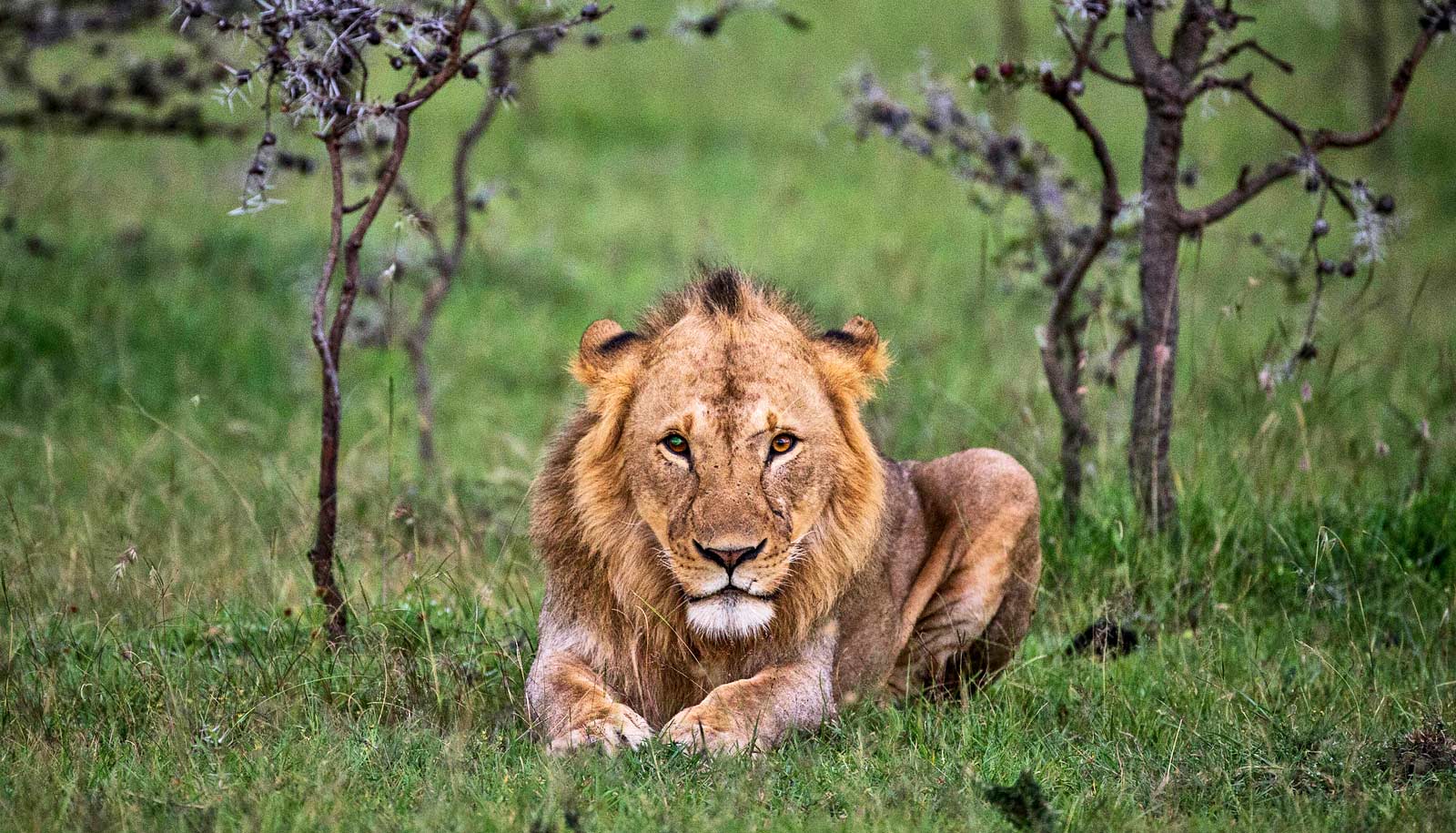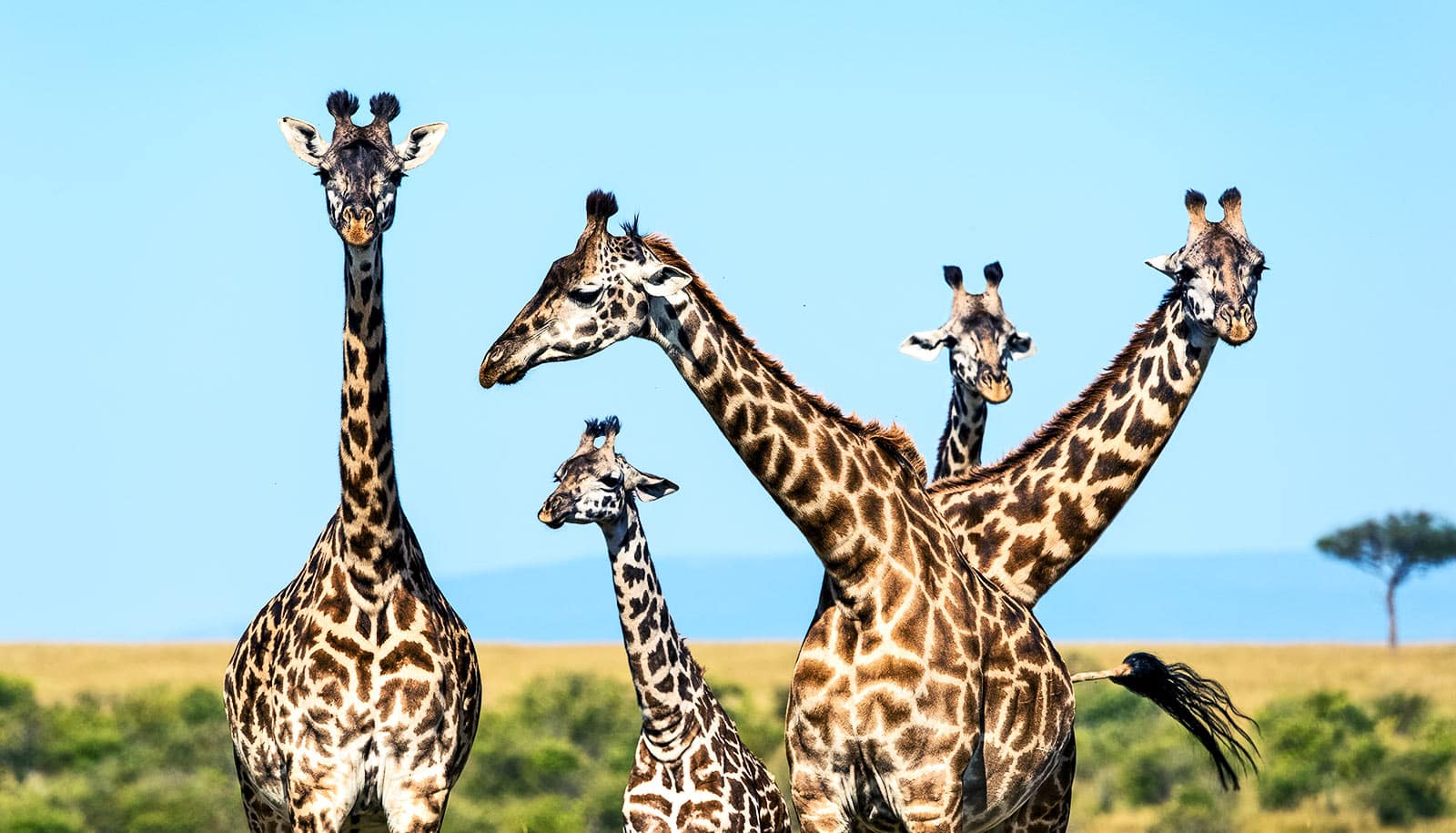A proposed road bisecting Serengeti National Park has sparked considerable debate. New research models how it would affect the livelihoods of local people.
Opponents say that the road could disrupt the migration of approximately 1.5 million wildebeest, zebras, and gazelles between Serengeti National Park and Masai Mara National Reserve in Kenya, and increase already high levels of poaching.
Proponents, on the other hand, argue that the road will facilitate national and local economic growth, which in turn will reduce poverty and improve the local quality of life, which is expected to lower pressure on ecosystems.
Examination of these types of road projects rarely occurs before they’re built—part of an explosion of road expansion projects currently underway in many developing countries.
Researchers, however, have used hypothetical scenarios to measure the strength of preferences and trade-offs for local people regarding different livelihood options. The method, called a discrete choice experiment, is the basis for their new paper in PLOS ONE.
“The effect of roads on livelihood activity choices can typically only be observed after the implementation, which prevents the design of timely mitigating policies and strategies. We used the discrete choice experiment to see how people expect to change their livelihoods,” says Jette Brehdal Jacobsen, professor at University of Copenhagen.
Solomon Zenas Walelign, an author of the study and a postdoc at the university, says construction of the road could result in one of two contrasting outcomes.
“One possible outcome is that increased market integration will allow intensification of existing crop and livestock production, and the development of non-farm micro, small, and medium enterprises, both of which will reduce environmental resource extraction.
“However, a contrasting outcome predicts that people will expand existing production, which will lead to land conversion and overgrazing and commercialization of hunting to meet urban market demands,” says Walelign.
- Assuming that land was available, the study predicts an average increase of 1.54 acres of cultivated land and 1.43 cattle per household.
- The study doesn’t find any evidence that local people would take up new wage-earning opportunities or engage in business development as travel time to markets went down.
- Low-interest loans and extension services could help modify the preference for extra land, but only to a limited extent, the researchers find.
The study also finds that people did not expect to increase effort hunting bushmeat, but they did not plan to reduce the number of household members engaged in bushmeat hunting either. However, the clearest result was a strong preference for traditional livelihood activities, adding more agricultural land and more livestock, as road improvements reduced travel time to markets.
“The results indicate that if new roads are constructed or old ones upgraded, people will prefer to expand their traditional activities by converting more land to cropland and increasing the number of cattle in the region. Together, these changes will likely increase illegal grazing pressure in the protected areas, which is already a major conservation concern in Serengeti National Park,” says associate professor Martin Reinhardt Nielsen, a leader of the AfricanBioServices project, which funded the study.
Source: University of Copenhagen



